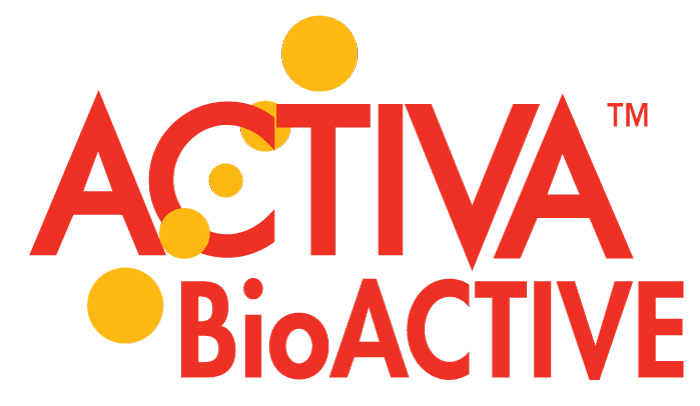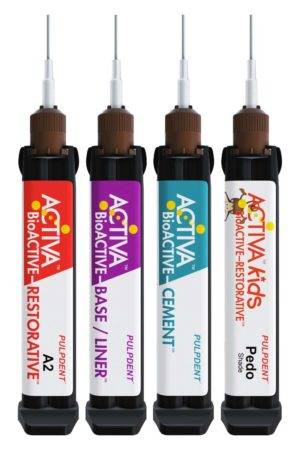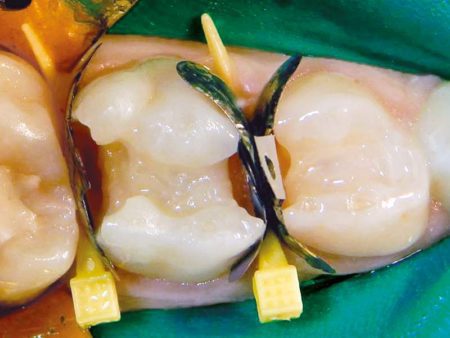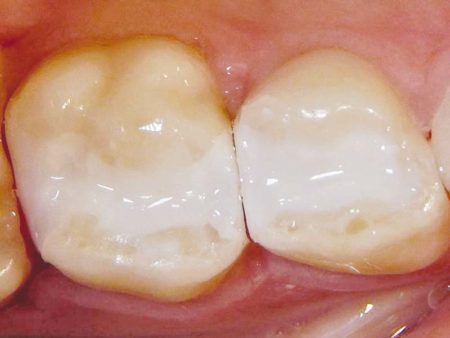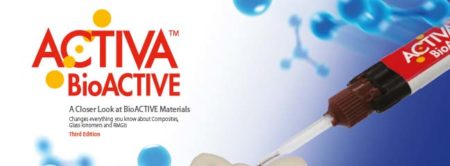
Caratteristiche principali:
Estetica naturale – Altamente lucidabile
Duro, resiliente, resistente alla frattura e all’usura, assorbe gli urti
Rilascia e ricarica calcio, fosfato e fluoro
Si lega chimicamente – Sigilla contro le microinfiltrazioni
Nessuna sensibilità
Tollerante all’umidità – Tecnica semplificata
Fotopolimerizzazione e autopolimerizzazione
Nessuna sensibilità
Descrizione:
ACTIVA™ KIDS è un restauro estetico in resina BioACTIVE che stimola la formazione di apatite e il naturale processo di remineralizzazione con rilascio e ricarica di calcio, fosfato e fluoro. È un colore bianco opaco ideale per l’odontoiatria pediatrica.
ACTIVA è il primo restauro bioattivo con una matrice di resina ionica, un componente di resina ammortizzante e riempitivi bioattivi che imitano le proprietà fisiche e chimiche dei denti naturali. Offre tutti i benefici dei vetroionomeri e ha l’estetica, la forza e la durata dei compositi. ACTIVA KIDS lega e maschera le macchie di fluoruro di diammina d’argento.
ACTIVA è sicuro per i bambini e non contiene BPA, Bis-GMA e derivati del BPA.
ACTIVA KIDS è un materiale dinamico che reagisce continuamente ai cambiamenti di pH nella bocca e partecipa attivamente allo scambio ionico con la saliva e la struttura dei denti che è essenziale per mantenere i denti sani.
“Unico e senza precedenti”
– Drs. Ted Croll, Joel Berg, Kevin Donly
“Veramente impressionante”
– Dr. Josh Wren
“Risultati eccezionali”
– Dr. Mark Cannon
“Assolutamente figo e assolutamente fantastico”
– Dr. Ted Croll
Codice e descrizione:
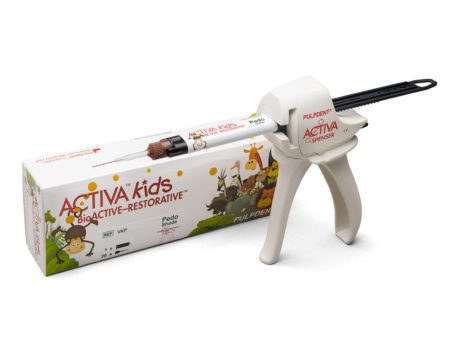
VKP – STARTER KIT: Siringa 5mL/8gm Opaque White Shade, ACTIVA-SPENSER™ + 20 puntali automiscelanti con cannula in metallo piegabile da 20 gauge
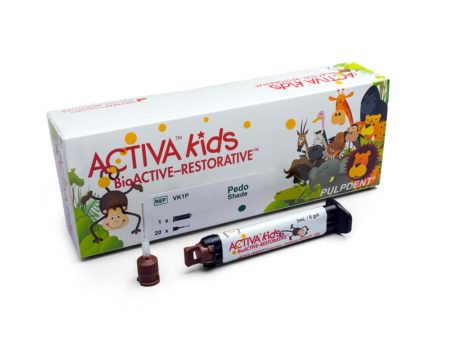
VK1P – ACTIVA KIDS SINGLE REFILL: Siringa 5mL/8gm Opaque White Shade + 20 puntali automiscelanti con cannula in metallo piegabile da 20 gauge
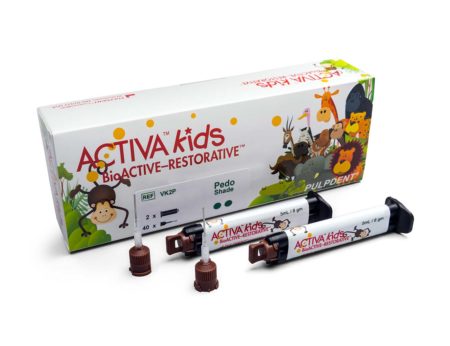
VK2P – ACTIVA KIDS VALUE REFILL: 2 siringhe 5mL/8gm Opaque White Shade + 40 puntali automiscelanti con cannula in metallo piegabile da 20 gauge

DS05 – ACTIVA Spenser: Dispenser per siringhe automix da 5 mL
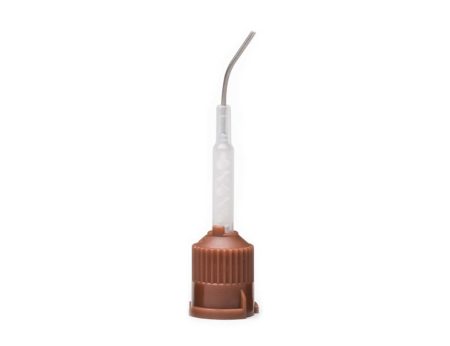
A20N1 – Puntali Automix, trasparenti, con cannula metallica piegabile da 20 gauge – confezione da 20. Utilizzare per ACTIVA e per le siringhe automix da 2,5 mL, 5 mL e 10 mL 1:1

A50N1 – Puntali Automix, trasparenti, con cannula metallica piegabile da 20 gauge – confezione da 50. Utilizzare per ACTIVA e per le siringhe automix da 2,5 mL, 5 mL e 10 mL 1:1
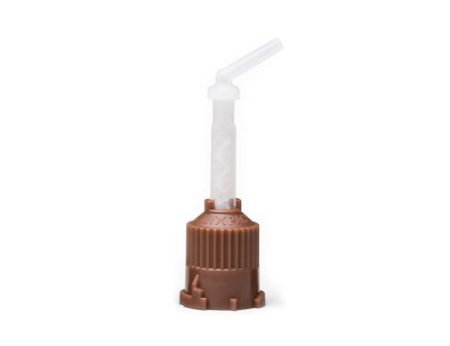
AD20T – Puntali Automix, trasparenti + puntali intraorali corti (IOT) – Confezione da 20

AD50T – Puntali Automix, trasparenti + puntali intraorali corti (IOT) – Confezione da 50
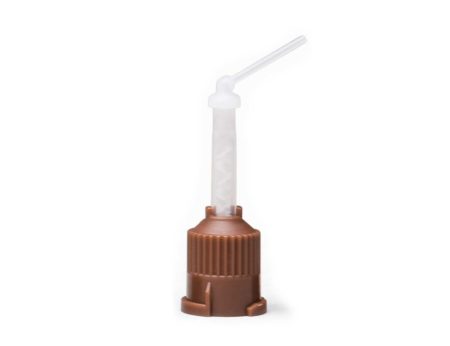
AD20R – Puntali Automix, trasparenti + puntali intraorali lunghi e stretti (IOR) – conf. da 20

AD50R – Puntali Automix, trasparenti + puntali intraorali lunghi e stretti (IOR) – conf. da 50
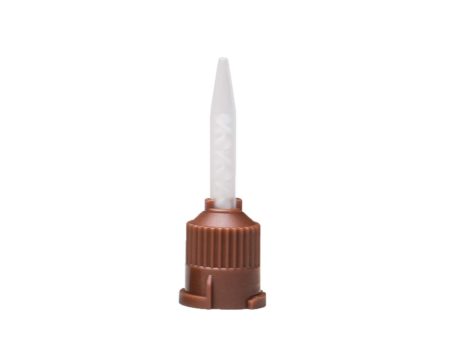
AS20 – Puntali per siringa Automix, confezione da 20 siringhe da 5 mL

AS50 – Puntali per siringa Automix, confezione da 50 siringhe da 5 mL




